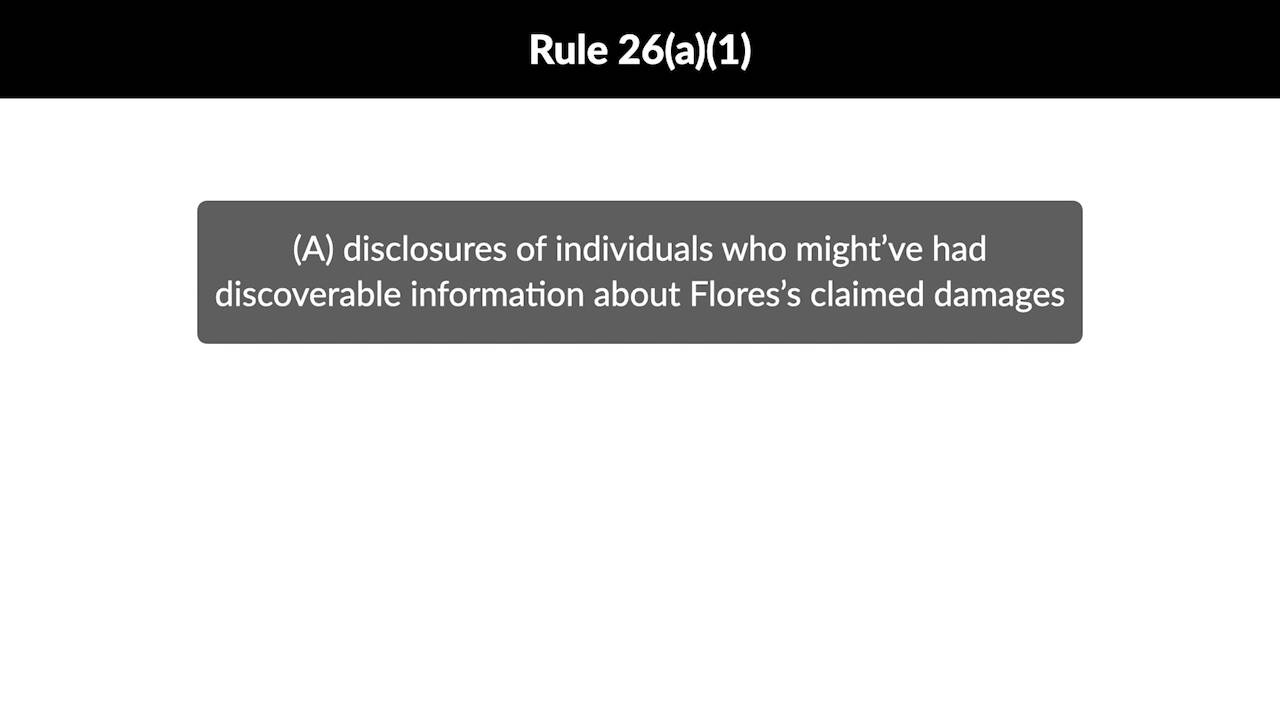Flores v. Southern Peru Copper Corp. stands as a landmark case in environmental law, shaping the legal landscape for corporate liability and environmental damage. This case serves as a compelling exploration of the legal standards governing environmental responsibility, the concept of “arranger liability,” and the far-reaching implications for corporations and environmental protection.
Through a comprehensive analysis of the case’s procedural history, legal issues, and broader impact, this discussion delves into the intricacies of environmental law and its implications for responsible corporate conduct.
Case Overview

The Flores v. Southern Peru Copper Corp. case, decided by the United States Supreme Court in 2007, established significant legal precedent regarding corporate liability for environmental damage under the Comprehensive Environmental Response, Compensation, and Liability Act (CERCLA).
The case arose from a lawsuit filed by Peruvian villagers against Southern Peru Copper Corp., a U.S.-based mining company. The plaintiffs alleged that the company’s mining operations in Peru had contaminated their water supply, causing serious health problems.
Legal Standards

CERCLA imposes strict liability on parties who “arrange for the disposal or treatment” of hazardous substances that cause environmental damage.
In Flores, the Court held that “arranger liability” under CERCLA extends to companies that do not directly dispose of hazardous waste but play a significant role in the disposal process.
Causation and Damages
The Court found that the plaintiffs had established a sufficient causal link between Southern Peru’s mining operations and the environmental damage, based on expert testimony and other evidence.
The damages awarded in the case included cleanup costs, medical expenses, and lost income. The Court used a variety of methods to calculate the damages, including expert testimony and historical data.
Impact and Implications: Flores V. Southern Peru Copper Corp
The Flores decision has had a significant impact on corporate environmental liability. It has clarified the scope of “arranger liability” under CERCLA and made it easier for plaintiffs to hold companies accountable for environmental damage.
The case has also influenced the development of legal doctrines related to environmental liability, such as the “joint and several liability” doctrine, which holds each responsible party liable for the entire amount of damages.
Case Study
Key Legal Arguments
- Plaintiffs argued that Southern Peru was liable for environmental damage under CERCLA because it “arranged for the disposal” of hazardous waste.
- Southern Peru argued that it was not liable because it did not directly dispose of the waste and did not have control over the disposal process.
Expert Testimony
- Plaintiffs’ experts testified that Southern Peru’s mining operations had contaminated the water supply and caused serious health problems.
- Southern Peru’s experts testified that the contamination was caused by natural factors and that the company’s operations were not responsible.
Court Rulings
- The district court ruled in favor of the plaintiffs, finding that Southern Peru was liable for environmental damage under CERCLA.
- The Ninth Circuit Court of Appeals reversed the district court’s ruling, holding that Southern Peru was not liable because it did not directly dispose of the waste.
- The Supreme Court reversed the Ninth Circuit’s ruling and reinstated the district court’s judgment.
Key Questions Answered
What is the legal significance of Flores v. Southern Peru Copper Corp.?
The case established the legal standard for “arranger liability” under CERCLA, holding corporations liable for environmental damage even if they did not directly cause the harm.
How did the court establish a causal link between the defendant’s actions and the environmental damage?
The court found that the defendant’s waste disposal practices created a foreseeable risk of environmental harm and that the resulting damage was a direct consequence of those practices.
What are the broader implications of the Flores decision for corporations and environmental law?
The decision has increased corporate accountability for environmental damage and has influenced the development of legal doctrines related to environmental liability.